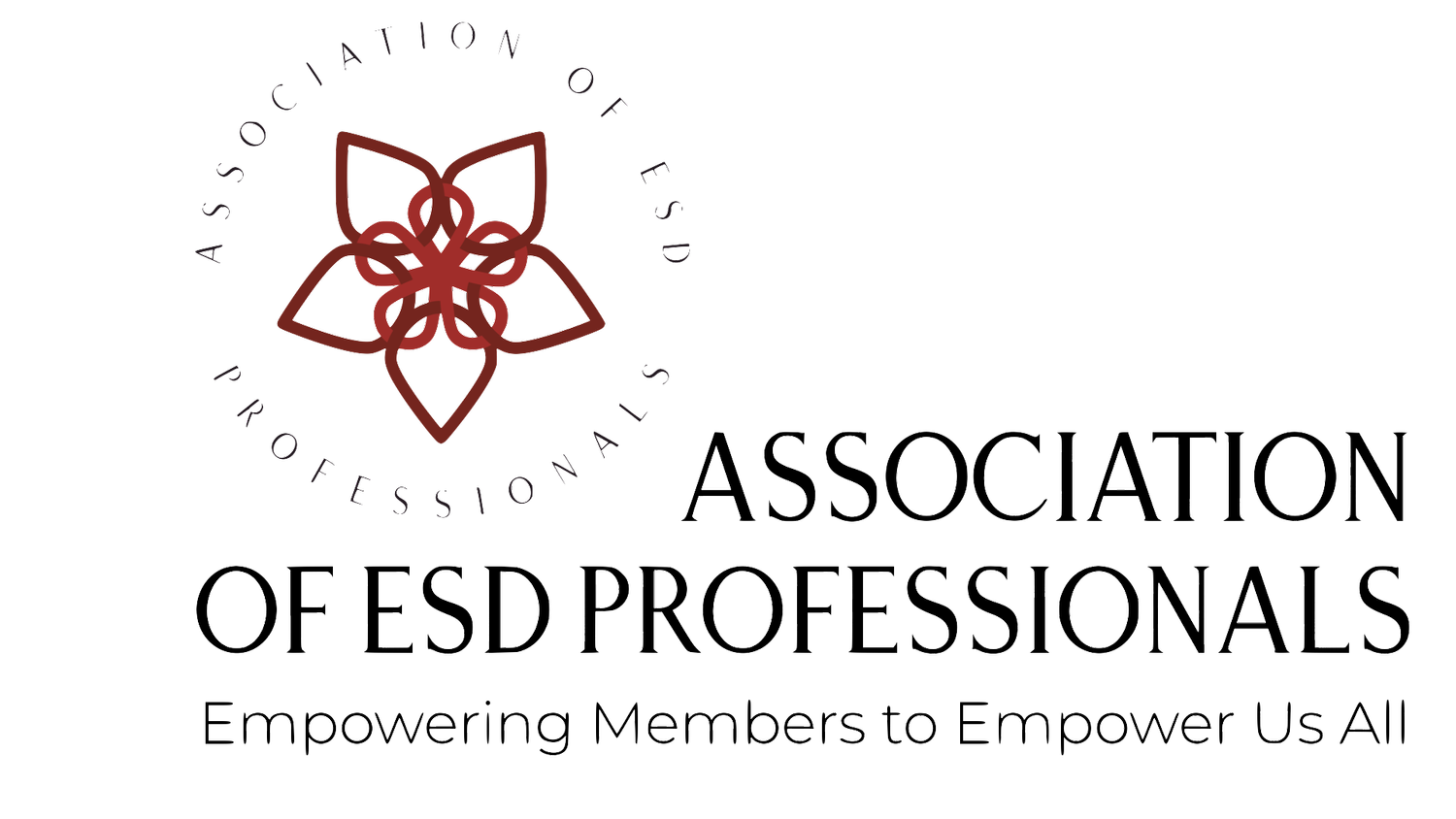
About ESD
Empowerment self-defense, otherwise known as ESD, is a comprehensive, evidence-based system of violence prevention. It takes an holistic approach to self-defense, personal safety, and empowerment, supporting people to live safe and fulfilling lives.
What is ESD?
Empowerment Self-Defense (ESD) is a comprehensive, evidence-based system of violence prevention that takes an holistic approach to self-defense and violence prevention by focusing on empowerment. ESD trains people to defend themselves physically from physical violence, but it also does much more. It was created in the '70s by pioneers who developed physical, verbal, and emotional tools for addressing violent assaults against women. They created environments that welcomed women and used teaching techniques that strengthened women in body and mind. And now ESD is being opened up to people of every gender, every ability level, and every walk of life.
ESD teaches students how to understand and navigate power relationships, minimize abuse and violence, and end assaults. It teaches students awareness, how to recognize threatening situations early, and how to use boundary-setting skills to prevent escalation to assault. It also prepares students for situations that cannot be diffused, teaching them how to determine whether it is best to yell, run, or fight. And it teaches students how to fight and that they have every right to choose to do so to protect themselves. ESD instructors train their students how to better command their minds, bodies, and spirits.
The practice of ESD is designed to accommodate people of every type of physical ability. ESD is not a martial art and does not require any knowledge or training in martial arts, though there are ESD instructors who also train in martial arts and martial arts organizations that also teach Empowerment self-defense.
ESD instruction includes elements that, together, make it different than other types of self-defense. It begins with the predicate that roughly 75% of violent crime, including sexual crime, is committed by someone familiar to the victim.
ESD teaches students that violence occurs along a spectrum, from body language to verbal abuse to physical assault, both threatened and manifest. It teaches that you never blame the victim, that perpetrators are responsible and should be held accountable for their actions, and that every person, no matter their identity, has the right to defend themselves without retribution. ESD professionals empower their students and change societal norms around violence and the mistreatment of women and people from vulnerable populations.
Empowerment self-defense isn’t just about teaching people how to defend themselves in threatening and violent situations. It is also a means of personal growth by building self-esteem and healthy personal and professional relationships. And especially for those in vulnerable populations, it empowers people to live free of fear and violence, no matter who they are.
Finally, another distinguishing quality of ESD is that it is evidence-based and proven to be quite effective. In fact, evidence shows that it is the most effective method for preventing and stopping interpersonal violence. For instance, results from a study in Kenya demonstrate a 63% drop in sexual assaults among program participants. Fifty-two percent of adolescent girls in the study used the skills they learned in an attempted sexual assault. And there was a 46% decrease in school dropouts. All this after just 12 hours of ESD instruction.
Imagine if every girl around the world learned these skills in school, imagine the abuse she could avoid, the assaults she could stop, and the harassment she could make ineffective throughout her life. Imagine if every person who is or feels vulnerable had these tools and could live bold lives as the people they truly are.

